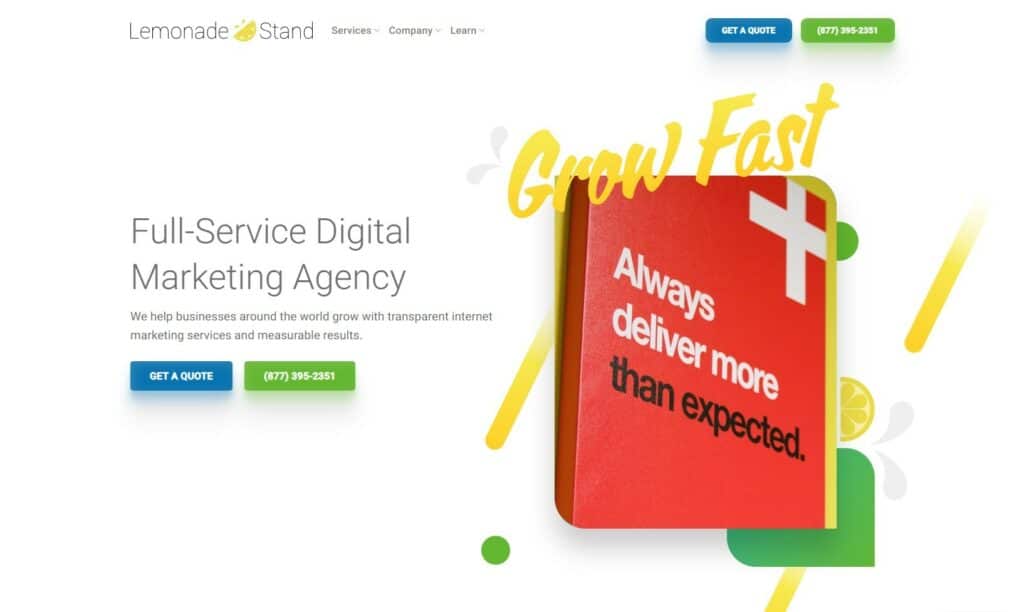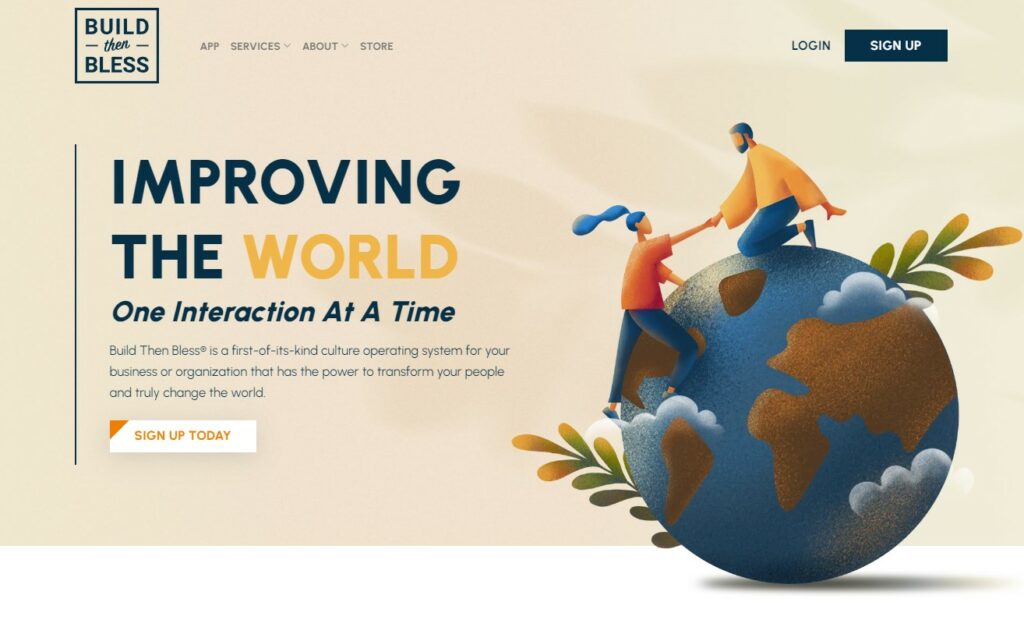Branding is the foundation of every business. It’s what turns heads, catches eyes, and ultimately leads to conversions. But when exactly do you need company branding? We’ve seen the confusion (and stress!) that can happen when businesses skip this step or have to hit the rebranding button later down the road. So, let’s break it down.
When Should You Start Branding?
The short answer: from the very beginning! Ideally, company branding should be part of your business plan even before you launch. Your brand sets you apart from competitors and creates a unique identity for your business.
If you start building a website or creating marketing materials without a clear brand, you risk looking inconsistent and unprofessional. Would Nike be as successful without their iconic swoosh logo and three-word slogan? Probably not.
However, if you’re reading this blog, you might already have a business up and running. That doesn’t mean that branding isn’t relevant to you! Businesses commonly rework or expand their branding at the following stages:
- When You’re Scaling or Entering a Growth Stage: As your business grows, your branding should level up too! Expanding to new markets or introducing new products might mean switching up your logo, messaging, or entire look and feel.
- When You’re Differentiating or Finding a Niche Audience: You may find a specific audience or niche that really resonates with your brand. Branding is the perfect opportunity to align with a new direction or strengthen your connection with a target market.
- When You’re Facing Stiff Competition: If your current branding doesn’t catch the eye of potential customers or set you apart from competitors, it might be time for a refresh.
Branding 101: From Blank Canvas to Bold Identity
No matter what stage you’re at, effective company branding requires a few key components to create a lasting impression. First, define your mission and develop a strategy. What message do you want to convey? Who are your target customers? What makes you unique?
Next, create a visual identity. This includes logos, color schemes, and fonts that align with your mission and target audience. You should also define your brand voice to create a tone, key messages, and taglines.
Finally, it’s time to execute your new brand! Use consistent messaging across all platforms—from your website and social media channels to marketing materials, your brand should be easily recognizable and extremely cohesive. Any gaps might confuse potential customers and dilute your brand’s impact.
Signs to Revisit Your Company Branding
Rebranding isn’t just for new businesses or those hitting a growth spurt—existing companies should also review their branding regularly to catch red flags! It might be time for a branding refresh if you fit into the following categories:
Inconsistent Messaging
Take a look at all your marketing materials. This includes your website, social media profiles, print materials, and even employee uniforms. Is your messaging consistent? Do they align with your brand’s mission and values? Are you possibly sending mixed messages or confusing potential customers?
Launching New Products Or Services
Introducing new offerings can mean adjusting your branding to fit these changes. You want your branding to reflect the full scope of what your business provides to maximize impact.
Lacking Competitiveness
Are your competitors outshining you? If so, it’s time to revisit your company branding to work some magic.
Need a Loyal Fan Base of Clients
Do you lack a loyal following of customers who love your brand and support your business? A change in mission or messaging can help you attract the right audience and build emotional connections.
Do Successful Companies Still Work on Branding?
Absolutely! Large corporations like Coca-Cola, Apple, and McDonald’s still rebrand to stay fresh and relevant.
A current example is Duolingo: this language-learning platform recently underwent a huge branding transformation to target newer generations. The company’s social media presence exploded as it started publishing TikTok videos full of niche memes and “brain rot” content.
Starbucks is also undergoing significant changes under the leadership of new CEO Brian Niccol. As part of a broader brand refresh, Niccol has emphasized returning to the company’s “community coffeehouse roots” with more personalized service, including the ceramic mugs from pre-pandemic, free refills for dining-in customers, and the return of a condiment bar.
If these multi-billion-dollar companies can handle the challenge of completely refreshing their brand, so can you!
Implement Your New Brand Into a Conversion-Ready Website From Lemonade Stand
Ready to get serious about getting your brand out there? The Lemonade Stand crew has your back! We’re not just web designers—we’re pro marketers who know exactly how to help your brand reach your target audience. We’ll craft a stunning website that’s laser-focused on attracting your dream customers and turning clicks into conversions. Reach out to one of our super-friendly reps to learn more!


